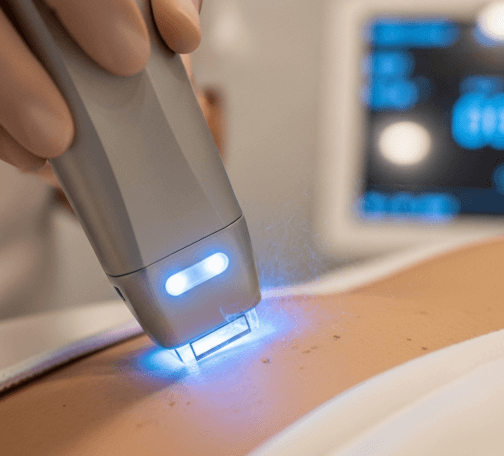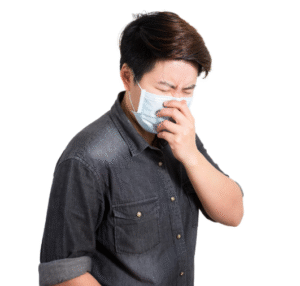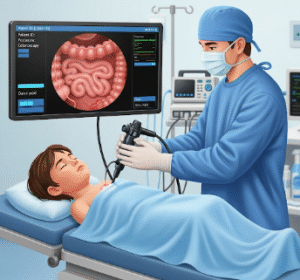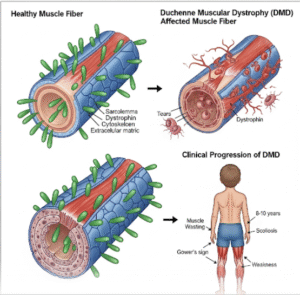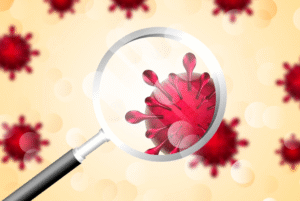What It Is
Nanopeel Laser is a non-invasive resurfacing treatment that uses ultrafast, fractional laser technology to gently exfoliate the outer layers of the skin and stimulate collagen production in deeper layers. Unlike traditional ablative lasers, which can cause longer downtime, Nanopeel laser treatments are designed to be gentler, precise, and faster-healing, making them highly suitable for patients seeking visible results with minimal interruption to their daily lives.
The technology uses ultrashort laser pulses (picosecond or nanosecond range) to break down damaged skin cells and trigger natural regeneration. This process smooths out texture, reduces pigmentation, and improves elasticity.
In Korea, Nanopeel lasers are part of the “next-generation resurfacing treatments”, often integrated with other K-beauty therapies like exosome serums or polynucleotide injectables to accelerate healing and maximize results.
Why It’s Done
Nanopeel laser treatments are performed to address a wide range of skin concerns:
➝ Anti-aging → Reduces fine lines and wrinkles while improving skin elasticity.
➝ Pigmentation correction → Targets sunspots, freckles, melasma, and uneven tone.
➝ Acne scars → Smooths pitted scars and promotes tissue regeneration.
➝ Skin texture improvement → Minimizes pores and rough patches.
➝ Skin brightening → Creates a more radiant and even complexion.
➝ Preventative care → Younger patients use Nanopeel for gentle resurfacing and maintenance.
In Korea, Nanopeel is especially popular among patients who want to maintain the “chok-chok” (dewy, glowing skin) look without experiencing the long downtime often associated with deeper resurfacing lasers.
Alternatives
Nanopeel lasers are highly effective, but alternatives may be recommended depending on skin type and goals:
- Chemical resurfacing (peels) → Uses acids to exfoliate; less precise than laser.
- CO₂ or Erbium fractional lasers → More aggressive, better for deep wrinkles/scars but longer downtime.
- Microneedling with RF → Stimulates collagen mechanically and thermally.
- PRP or exosome therapy → Enhances regeneration but not resurfacing-focused.
- Dermabrasion → Mechanical resurfacing, rarely used in Korea today.
In Korean clinics, Nanopeel lasers are often used in hybrid programs, such as:
- Nanopeel + Exosome infusion → Faster healing and stronger rejuvenation.
- Nanopeel + Rejuran Healer → Repair-focused program for scars and aging skin.
Preparation
Proper preparation ensures the best outcomes and reduces complications:
➝ Consultation & skin analysis → Dermatologists assess pigmentation, texture, and sensitivity using advanced imaging.
➝ Medical review → Patients disclose medications, skin disorders, and history of keloids.
➝ Skincare adjustment → Stop retinoids, exfoliating acids, and strong actives 5–7 days before treatment.
➝ Sun protection → Avoid tanning or prolonged UV exposure for at least 4 weeks prior.
➝ Antiviral medication → Sometimes prescribed for patients with a history of cold sores.
➝ Hydration → Well-hydrated skin responds better to resurfacing.
In Korean clinics, preparation often includes pre-treatment calming masks or hydrating facials so that the skin is less reactive during and after the procedure.
How It’s Done
Nanopeel laser procedures are typically fast and relatively comfortable, lasting 20–45 minutes:
- Cleansing
- Skin is thoroughly cleansed to remove oils, debris, and makeup.
- Topical numbing (if needed)
- For sensitive patients, a numbing cream may be applied.
- Laser application
- The Nanopeel laser device delivers controlled fractional beams across the treatment area.
- Patients may feel mild warmth or tingling.
- Immediate soothing
- Cooling systems, LED therapy, or calming masks are applied right after to reduce redness.
- Post-treatment care
- Hydration serums, antioxidant creams, and sunscreen are provided.
Treatment schedule:
- Initial series → 3–5 sessions spaced 3–4 weeks apart.
- Maintenance → 1–2 sessions per year for long-lasting skin rejuvenation.
Recovery
Nanopeel lasers are designed for minimal downtime compared to older resurfacing lasers:
- Day 1 → Mild redness, similar to a light sunburn.
- Day 2–3 → Slight dryness or flaking as old skin sheds.
- Day 4–7 → Skin looks brighter, smoother, and more even.
- Month 1–3 → Collagen regeneration continues, with progressive improvements in texture and tone.
Aftercare guidelines:
➝ Use SPF 50+ sunscreen daily to protect new skin.
➝ Avoid makeup for 24 hours.
➝ Use only gentle cleansers and soothing moisturizers.
➝ Avoid saunas, alcohol, or intense workouts for 48 hours.
In Korea, many clinics accelerate recovery with aftercare facials, exosome boosters, or oxygen therapy, helping patients return to normal routines quickly.
Complications
Nanopeel lasers are generally safe, but potential complications include:
➝ Redness and swelling → Usually mild and temporary.
➝ Hyperpigmentation or hypopigmentation → More likely in darker skin if sun protection is neglected.
➝ Mild crusting or dryness → As part of the natural peeling process.
➝ Infection → Very rare, minimized with sterile environments.
➝ Scarring → Extremely rare compared to older laser technologies.
Korean dermatology clinics minimize risks by using state-of-the-art devices, AI-calibrated laser settings, and tailored protocols for Asian skin.
Treatment Options in Korea
Korea is recognized worldwide for its laser technology and advanced dermatology programs, and Nanopeel laser is no exception.
1. Devices Used in Korea
- Fractional Nanopeel lasers (various brands) → Focused on pigmentation and texture.
- Pico/Nano hybrids → Deliver ultrashort pulses for both resurfacing and pigment correction.
2. Integration with Korean Skincare
- Clinics often combine Nanopeel with:
➝ Exosome facials for regeneration.
➝ Polynucleotide injectables (Rejuran) for repair.
➝ Skin boosters (HA, vitamins) for hydration.
Final Thoughts
Nanopeel Laser in Korea combines the best of modern laser technology with the preventative, holistic philosophy of K-beauty. By gently resurfacing the skin and stimulating collagen, it offers a safe, effective, and relatively downtime-free way to achieve smoother, clearer, and more radiant skin.
Korean dermatology clinics further enhance results by integrating exosomes, polynucleotides, and advanced aftercare systems, making this treatment a top choice for both locals and international patients.
For anyone looking to refine skin texture, reduce pigmentation, and slow aging naturally, Nanopeel laser is one of the most effective and reliable options available in Korea.

